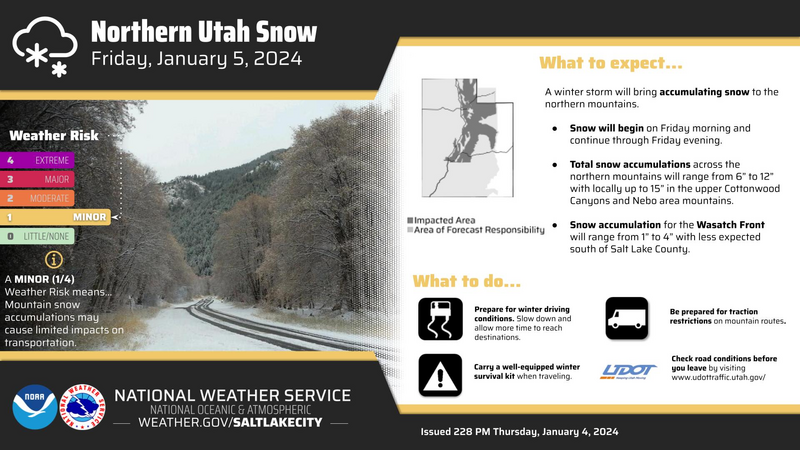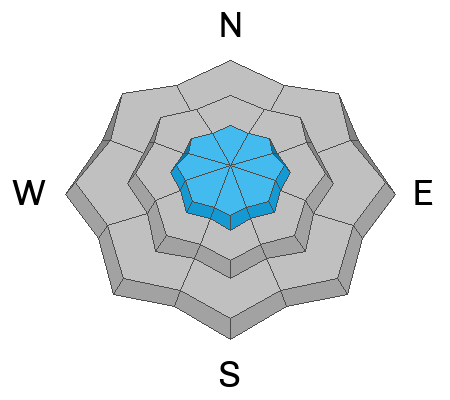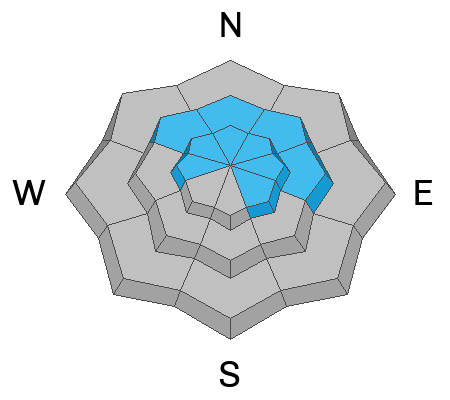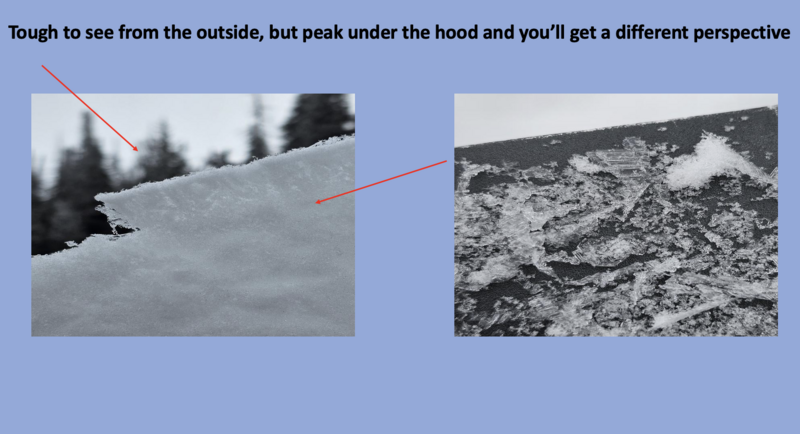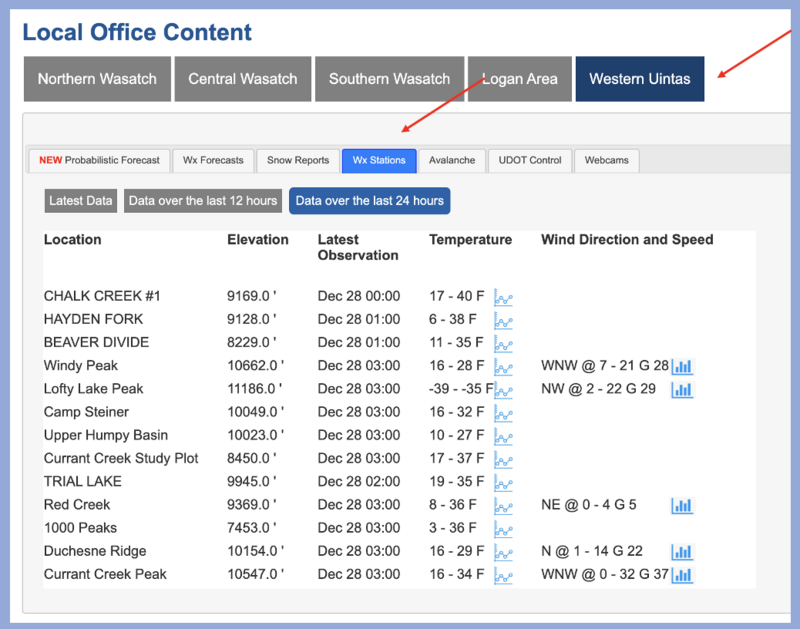Forecast for the Uintas Area Mountains

Issued by Craig Gordon on
Friday morning, January 5, 2024
Friday morning, January 5, 2024
Heads up... a series of storms headed our way changes the landscape and the days of green light avy danger are in the rear view-
For today, MODERATE danger is found in the wind zone above treeline on steep, upper elevation slopes around the compass. Human triggered avalanches are POSSIBLE, especially on and around terrain features with recent deposits of wind drifted snow. As today's storm evolves, I expect avalanches will break deeper and wider than we might expect.
Lose the wind and you lose the problem. Great riding and generally LOW avalanche danger is found in wind sheltered terrain and at lower elevations, particularly slopes facing the south half of the compass where human triggered avalanches are UNLIKELY. Remember.... it's still thin out there so tread lightly. Slamming into a buried treasure like a rock or stump poses a greater hazard near the trailheads.
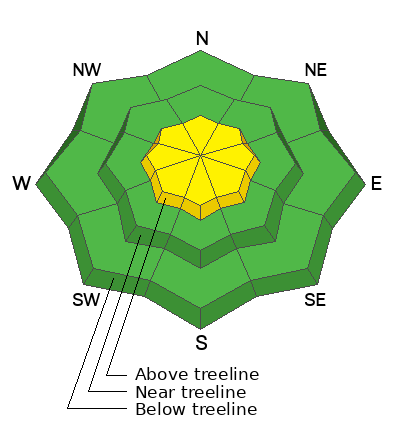
Low
Moderate
Considerable
High
Extreme
Learn how to read the forecast here


